

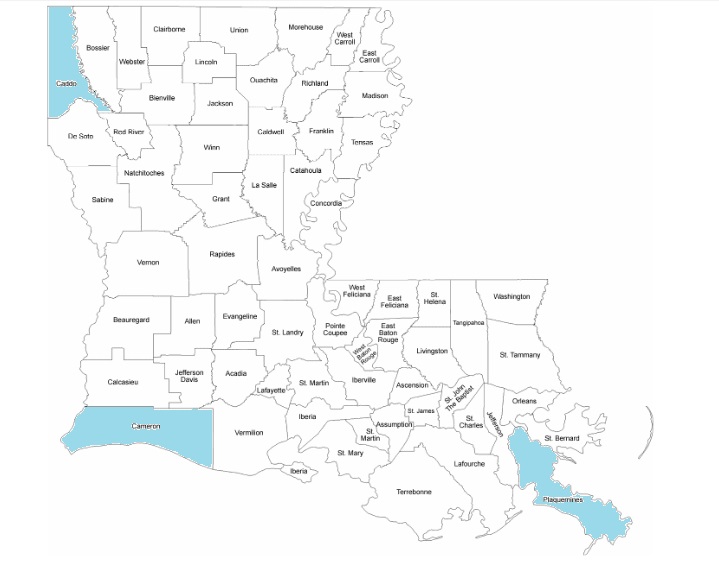
One adult in alternate plumage (1988-51; formerly 89-47) on 21 June 1988, Cameron: 7 mi. W OMMR; Donna L. Dittmann & Steven W. Cardiff.
One immature male (1988-53; formerly 89-49) on 21 June 1988, Cameron: 7 mi. W OMMR; Donna L. Dittmann & Steven W. Cardiff (LSUMZ #135934).
These three records are the first records for Louisiana. Although the latter two individuals were observed together and represent a single occurrence, they were reviewed separately because they were in different plumages and because one was collected and the other was a sight record.
One female in first summer plumage (1990-47) on 10 Jun. 1990, Cameron: 7 mi. W old mouth Mermentau River; Steven W. Cardiff (LSUMZ #152033), DLD (AR 44(5): 1147).
Two adults in alternate plumage (1990-49) on 23 Jun. 1990, Cameron: "Broussard's Beach,� 10 mi. W old mouth Mermentau River, Donna L. Dittmann (ph) & Steven W. Cardiff (AB 44(5):1147). These represent the third and fourth records (Editor's note: 4th and 5th records) for Louisiana.
One in definitive alternate plumage (1995-61) on 30 May 1995, Cameron: 1.5-2 mi. W of (town of) Holly
Beach; Paul E. Conover (ph) and Gary Broussard (ph only) (FN 49(3):262).
This is the sixth record for Louisiana.
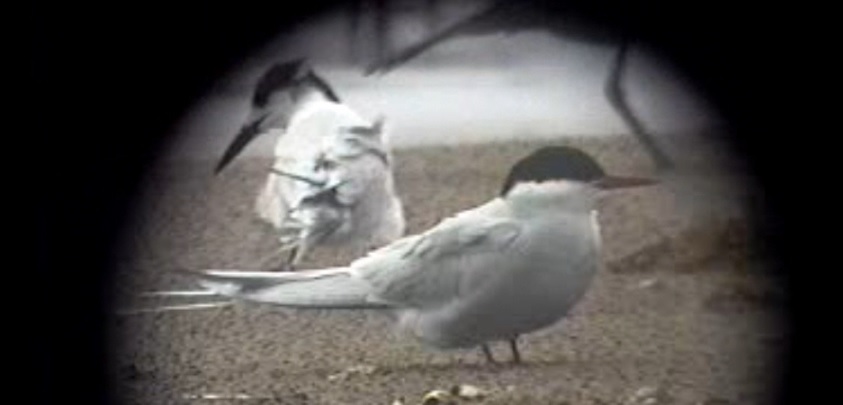
Photo and video by Paul Conover
One female (2000-4) in second alternate plumage on 4 Jun 2000, Cameron: Rutherford Beach, 6 mi. W of old mouth Mermentau River; B. Mac Myers III (LSUMZ 171768; Donna L. Dittmann) and Phillip Wallace (ph); NAB 54(4): 391. This represents the 6th record (Editor's note: 7th) for Louisiana. All records have occurred between 30 May-23 Jun.
One adult (2015-070) on 10 July 2015, Plaquemines: Breton NWR, Breton Island; David P. Muth (ph).
This represents the eighth state occurrence and first in 15 years.
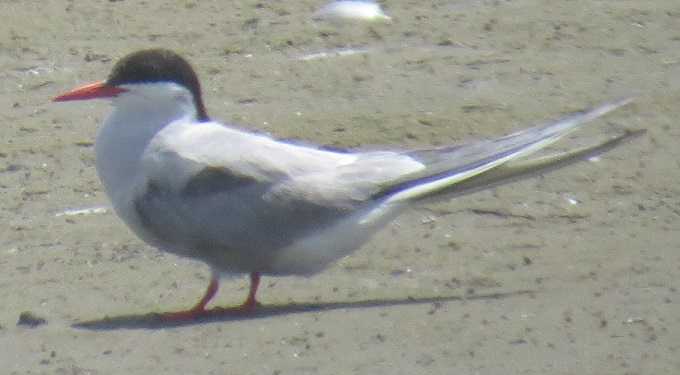
Photo by David Muth
One in Juvenal plumage (2017-042) on 5 September 2017, Caddo: Cross Lake;
John Dillon
and
Charles E. Lyon
(ph).
This is the ninth overall, first fall, and first interior occurrence for Louisiana.
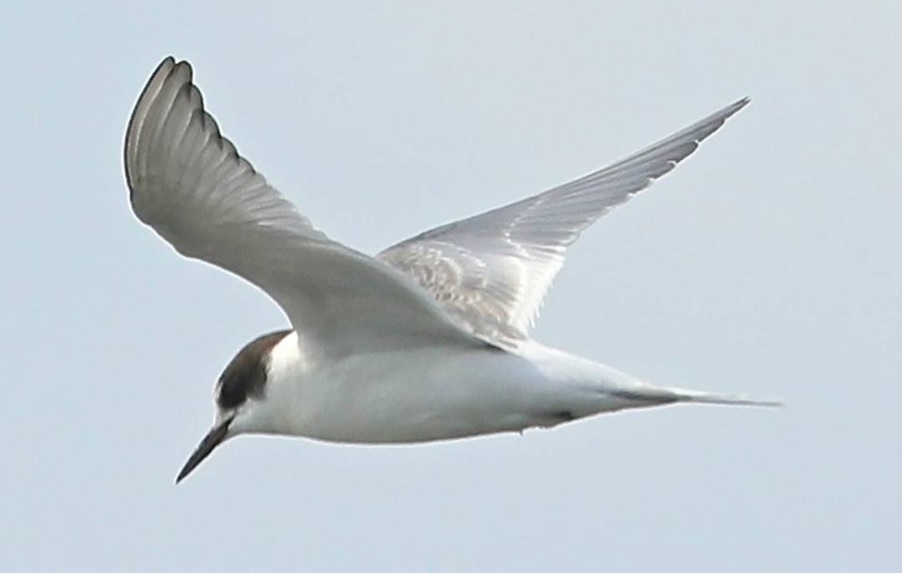
Photo by Charles E. Lyon
One adult (2017-043) on 23 September 2017, Gulf of Mexico: approx. 29 mi. SE mouth South Pass of
Mississippi River;
David P. Muth (ph) and
Paul E. Conover (ph).
Additional Material: eBird checklist
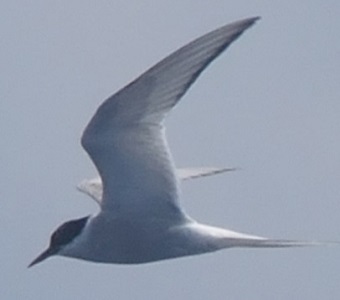
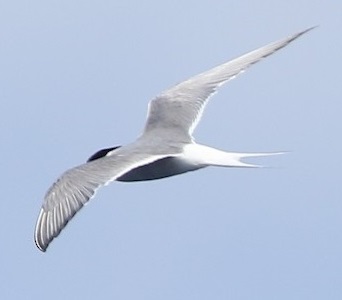
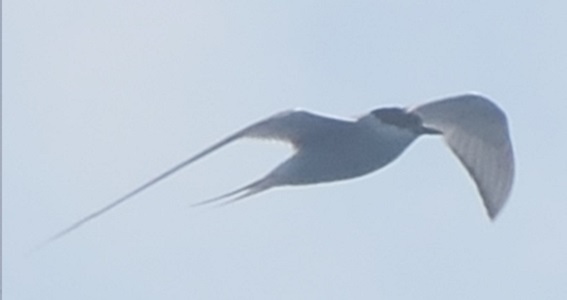
Photos: 1,3 by Paul E. Conover; 2 by Joan Garvey
One adult (1996-26) on 4 May 1996, Gulf of Mexico: approximately 15 mi. S of Southwest Pass Mississippi River on LOS-sponsored pelagic trip. In addition to the brevity of the observation and associated description, and that only one observer on the pelagic trip submitted a report, opposition to this record also focused on the early date, which did not fit the currently established pattern of occurrence for this species in the Gulf of Mexico.
One adult in breeding plumage (2018-042) on 20 August 2018, Gulf of Mexico: Carnival Breeze Cruise 8/20/18 Leg 3/20 start of survey at N26.751o, W90.307o (heading SE towards Key West). The observer�s details did not include distance or duration of the observation. All Members stressed that separation from Common Tern was not a trivial identification challenge, and that Arctic Tern is at best casual in the Gulf of Mexico in fall because the species follows an eastern Atlantic migration route. A majority of Members were unconvinced of the written details and emphasized that photos would have been required to clinch the identification.
One adult (2022-011) on 2 April 2022, Plaquemines: Venice. All Members believed that consideration of the exceptionally early spring date, superficial description, and brevity of observation from moving airboat did not provide adequate support for the identification.